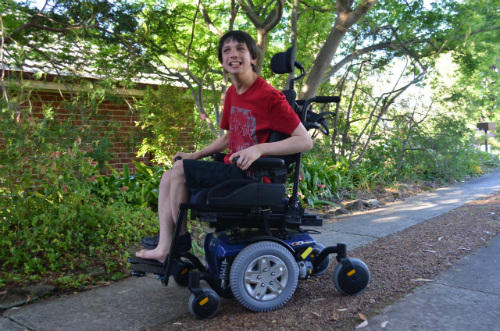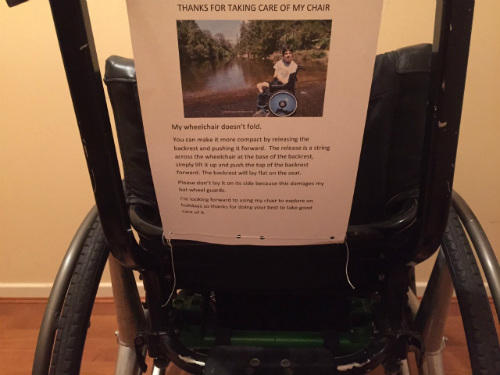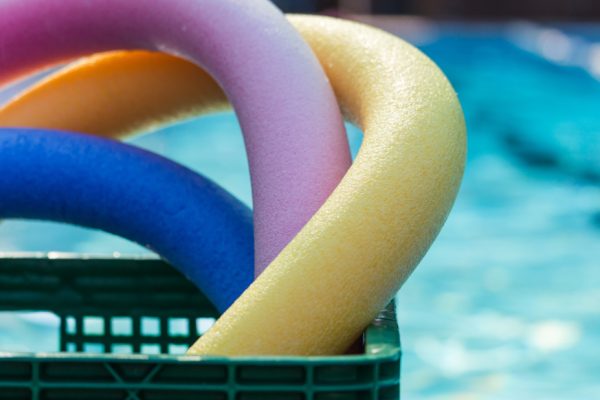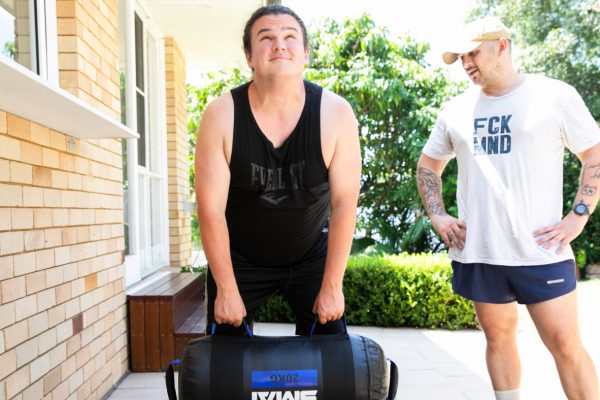
Tips for air travel with a wheelchair
By Julie Jones
Before our children were born, my husband and I were avid travellers, it was a joint interest which we intended to share with any future children.
Picturing our travels with our family-to-be we had no idea a wheelchair would become a necessary part of holiday planning. We were old hands at researching the logistics of a holiday, but when our son was born with cerebral palsy, a wheelchair added a new element.
Driving holidays were easy but trusting airline staff with such a vital piece of equipment was nerve-wracking. After many domestic and international flights, we’ve found there are steps that can be taken to make the process smoother.
Here are our tips:
BOOKING A FLIGHT WITH A WHEELCHAIR
Once you’ve decided on your destination, contact the airline’s special handling department to share any special needs or assistance you will need on your flight. When booking a flight with a wheelchair, have the dimensions and weight of the chair handy as they will want this information. For a power wheelchair, make sure you know the battery type.
PREPARING YOUR WHEELCHAIR FOR TRAVEL
Baggage handlers and airline staff are in a hurry when loading an aircraft so it’s wise to do everything possible to make life easier for them. Attaching a laminated sheet to the wheelchair with a photo of the wheelchair, instructions on how to operate the chair and a personal message like “I’m looking forward to using my chair on holidays so thanks for doing your best to look after it” will hopefully ensure it arrives at your destination without damage. If travelling to a country where another language is used it’s wise to put this message in English and the local language.

If you have special paintwork on the frame of the chair or it’s new, protect the paintwork with Bradflex (foam tube which can be cut and taped to the frame and available from hardware stores) or bubble wrap.
AT THE AIRPORT
Airlines generally allow, at no extra charge, a piece of mobility equipment (walking frame or wheelchair) in addition to the regular luggage allowance.
The mobility equipment is tagged and is usually allowed to be used until boarding the plane. At this point the airline staff will take the wheelchair or mobility aid from a passenger to store under the aircraft. We take on board any removable parts of the wheelchair including the cushion and arm rests to try to limit the chance of damage or loss. We chat to staff about how the brakes work and make sure they know not to lay the wheelchair on its side (something they seem prone to do).
SECURITY WITH A WHEELCHAIR
A wheelchair user will be required to go through security screening in a special lane. Security staff will usually ask to pat down the wheelchair user and do swabs of the chair.
ON ARRIVAL AT YOUR DESTINATION
Passengers with a mobility restriction will be last to disembark the aircraft. This allows time for the baggage handlers to bring the wheelchair to the aircraft door.
Take five minutes when you receive the wheelchair to check there’s no damage.
If there is damage, report it to the airline immediately. If the damage doesn’t affect it being used the airline will record the damage and give you a reference number to make a claim when you return home. If the wheelchair can’t be used, the airline will arrange for a repair.
ADDITIONAL TIPS
Take a basic repair kit.
Ask your wheelchair manufacturer for information on repairers at your destination.
Photograph any damage to your wheelchair.
If you have a wheelchair that is prescribed to you for your comfort, get a medical certificate that conveys this. Some airlines will encourage you to use the airline wheelchair from check-in, which isn’t possible for many with specialised seating. It can help to have a medical certificate if you want to use your wheelchair to the aircraft.
POWER WHEELCHAIR TIPS
Research your destination and see if taking a power wheelchair will be restrictive. A manual chair can be more flexible in countries with a less accessible infrastructure.
If travelling overseas consider the voltage as you may need a converter. Ask your wheelchair supplier to get clarification if you are unsure.
Get a letter from the wheelchair supplier confirming the battery type of your chair.






